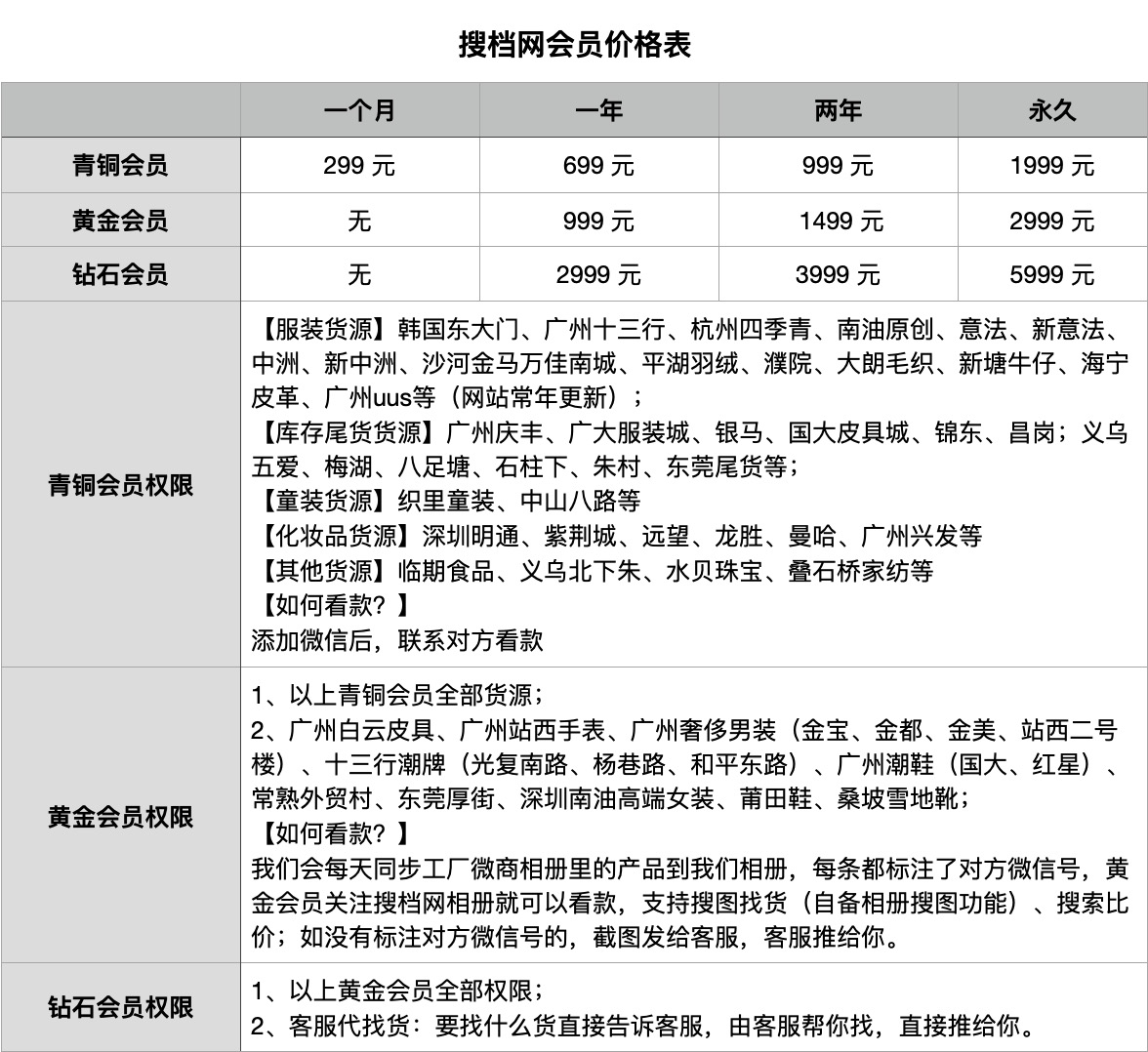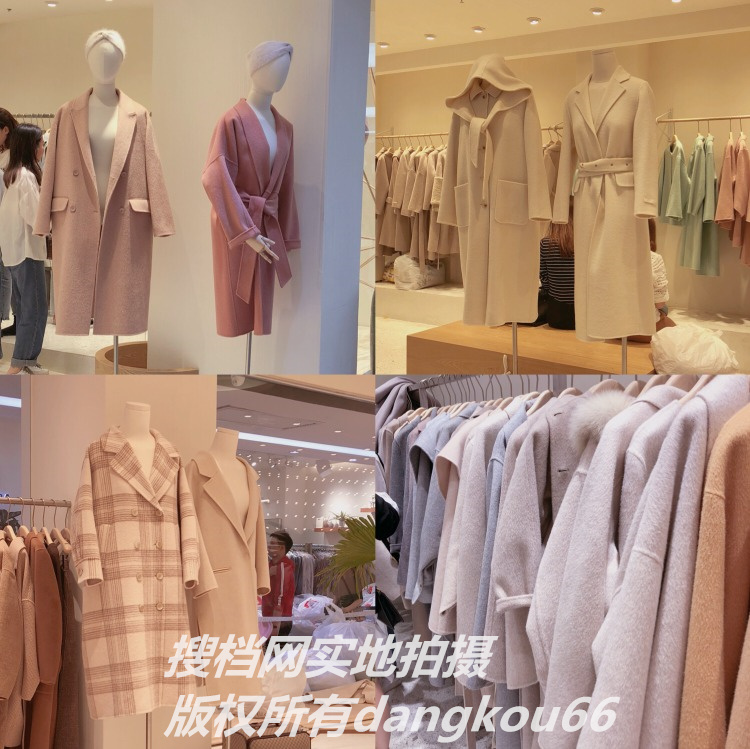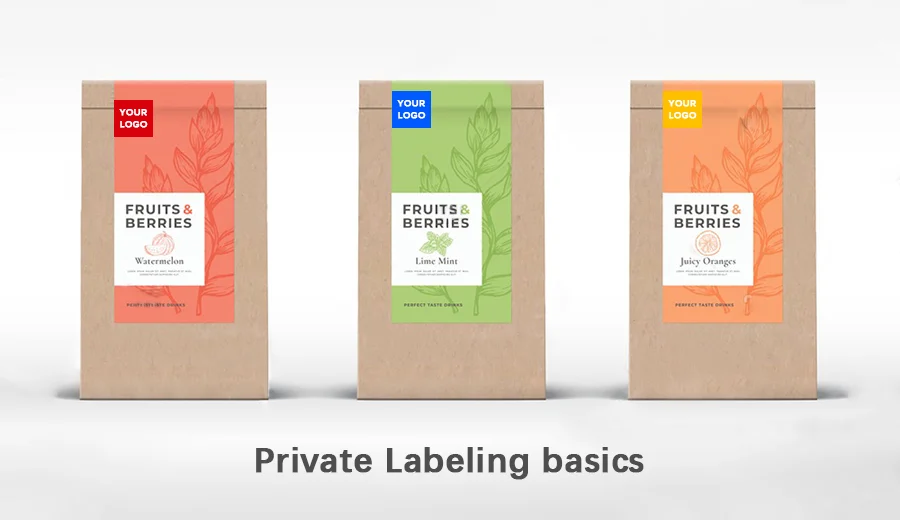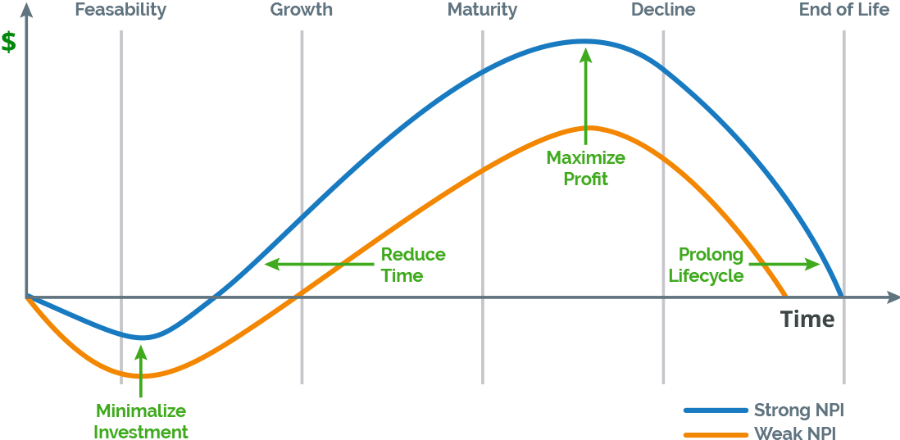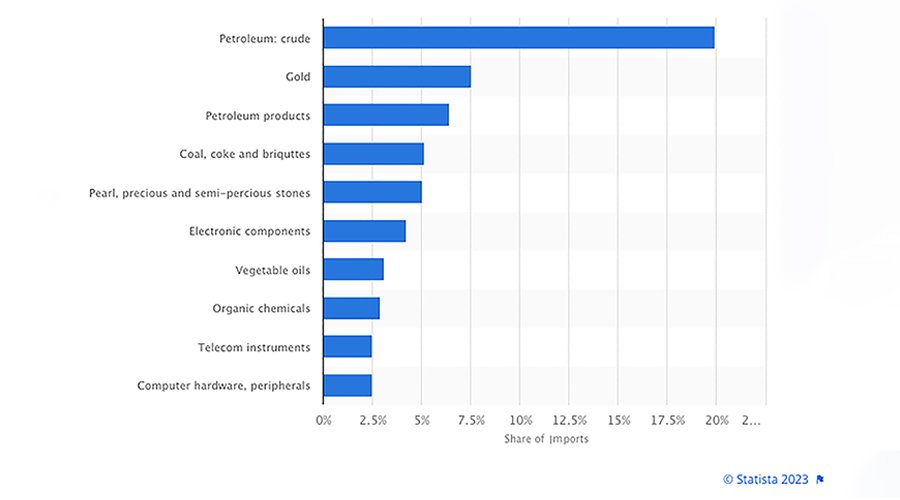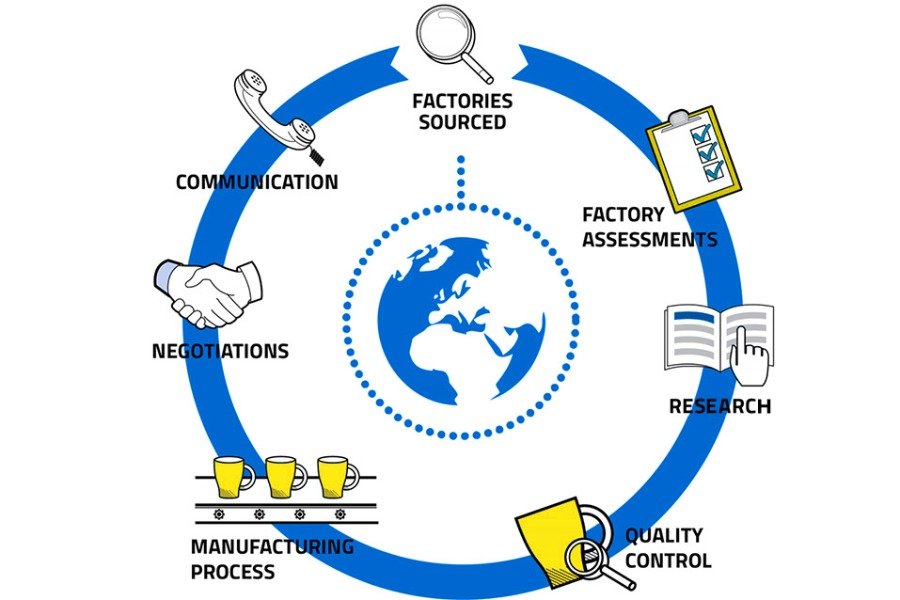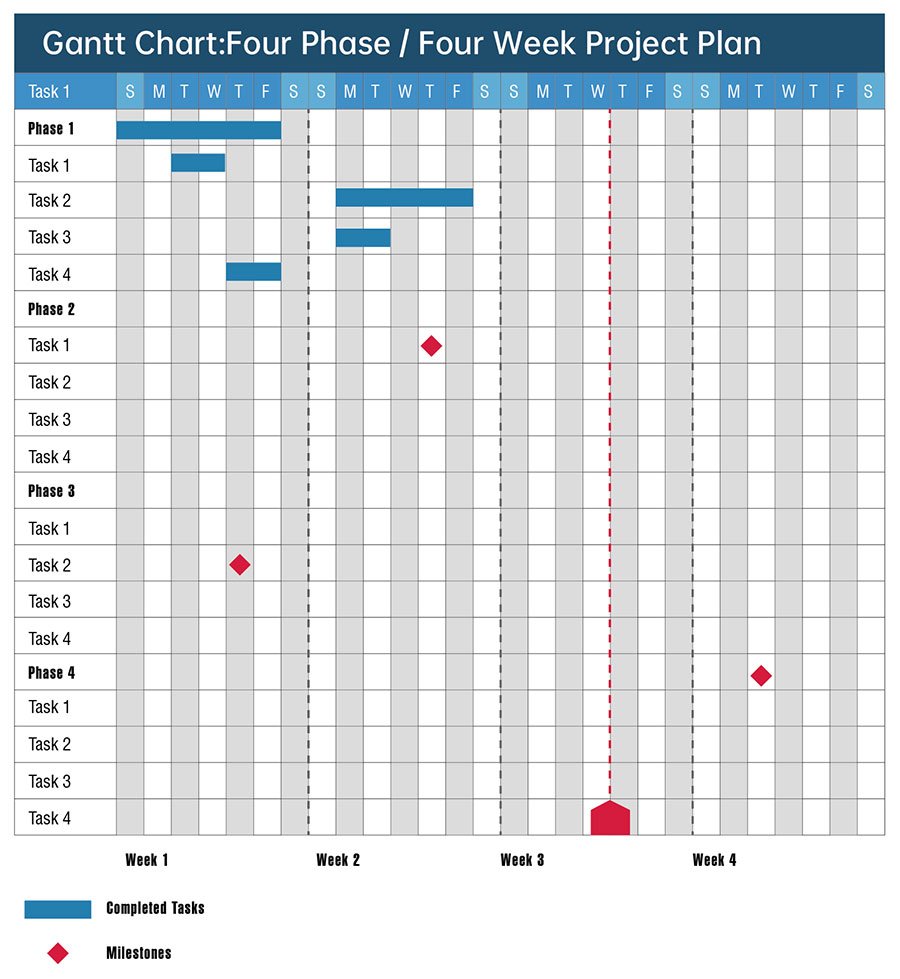For China′s wholesale market information, visit Soudangkou.com at www.soudangkou.com . Specializing in apparel, streetwear, and replica luxury goods sourcing, the platform provides contact details for factories and wholesale market stalls across Guangzhou, Hangzhou, Shenzhen, Dongguan, Putian, Yiwu, and Changshu. Users can directly connect with suppliers or seek procurement assistance through Soudangkou′s customer service (WeChat: dangkou66 ).
Designing for Quality refers to the Product being developed, focusing on quality standards at every step of its designing process.
Product design and development is incomplete without the detail-oriented approach followed by Designing for Quality. By following the quality standards, the products are designed with the main focus on user satisfaction and the highest standards of product development.
Here, we intend to explore the concept of Designing for Quality, its main focus points and benefits alongside a guide to incorporate the DF principles in the product development procedure.
What is DFQ or Designing for Quality?
Designing for Quality, or DFQ, is a process and methodology that uses quality factors and concerns to design a perfectly improved product. Quality concerns are focussed during the product design process, from concept development to the final production phase.
The process is based on identifying the potential quality issues, handling all problems and finding the ideal design that helps improve the final product’s overall quality.
The goal of following DFQ principles is to ensure the final product matches or exceeds customer expectations.
Benefits of Designing for Quality
Designing for quality comes with a range of benefits, ensuring better product development and improved supply chain management.
-
Reduced Production Cost
DFQ, or designing for quality, ensures reduced cost as it minimizes rework and removes defects and repeated warranty problems.
-
Guaranteed Customer Satisfaction
DFQ focuses on exceeding customer satisfaction, which improves trust and ensures repeated business.
-
Improved Efficiency
With a defined plan, targeted problem-solving in design and a defined roadmap with checks and balances, DFQ always promises improved efficiency.
-
Reduced Risks for Manufacturers
A proactive approach to managing quality issues during the designing phase avoids the risk of product returns and legal issues with regulatory compliance, saving brand reputation and building trust in the market.
Types of Design Quality
Design quality refers to a range of quality features that make sure no aspect is ignored when designing and developing a new product:
1. Performance Quality
Performance quality refers to the ability of a product to perform its functions to the expected level and deliver optimal results.
2. Features Quality
This refers to the design features and attributes that enhance the product’s usage, functionality and overall experience. Features are always chosen based on customer’s expectations and preferences.
3. Reliability
Reliability is necessary to ensure a product performs consistently, as expected. A reliable product design always minimizes failures and flaws.
4. Conformance
Conformance focuses on how a product matches and adheres to the defined standards. The Product design must follow the specifications and conform to the regulatory principles, industry standards and norms.
5. Durability
The Product’s ability to withstand wear and tear issues caused by environmental factors over time is also a must-have Quality feature. A durable design ensures a longer lifespan and needs fewer repairs.
6. Serviceability
Serviceability means easier maintenance and repair of a product. Serviceable products always require less maintenance cost and less downtime.
7. Aesthetics
A visually appealing design of a product always complements its overall features and influences the customer’s perception. The appearance, structural design and colour selection are also important.
8. Perceived Quality
The product’s perceived quality determines how customers consider the product’s standards. This depends on the customer’s previous experiences. A product with a better design may ensure better perceived quality, leading to repeated purchases.
Importance of Designing for Quality
Designing for quality is vital for product design and manufacturing. DFQ leads to many benefits for the manufacturer and the customers, ensuring quality is focused on every step.
– Manage quality factors on time.
With detailed planning, identified issues and clear quality targets, the quality issues are managed beforehand. This improves the efficiency of production and reduces post-production problems.
– Optimization of components
With the help of DFQ, every component is checked against quality standards. Optimized components allow seamless assembly and functioning alongside reduced defects.
– Stable and targeted manufacturing environment
Designing for quality ensures a stable manufacturing process with the least chances of defects and disruptions.
– Cost-effective solution
Managing problem areas, defining the most suitable solution and checking for quality at each step is the key to DFQ. All these measures ensure few chances of defects, hence lower chances of wasting time and money over replacements, repairs and re-manufacturing.
– Streamlined and seamless manufacturing
DFQ provides optimized product design that leads to a defined pathway of manufacturing a perfectly designed product. A smoother, more composed production process also supports a better supply chain.
Key Lessons on the Design Process You Must Focus On
Designing for Quality is based on key lessons that derive the overall quality improvement process.
Let’s discuss them further:
1. Learn from the past issues
Analyzing the quality and usage issues from the past is important. These lessons can guide you to design a better, advanced, quality-focused product. You can always get the best results by using that information while deciding on future design.
2. Be proactive when addressing issues and mistakes.
It is always better to identify, admit and counter the design problems right at the start of the design planning phase to avoid costly mistakes in the next steps.
3. Balanced strategy for cost and quality
There must be a balance between the quality of the product and the cost to maintain the overall quality. Obtaining and maintaining the highest quality standards is mandatory, but the total cost must be balanced to stay competitive.
4. Collaborative teamwork
It is important to prefer developing teams and distributing the process among people with diverse expertise to get expert-level options at each step.
5. Revaluation and improvements
Re-evaluate and improve each step until it reaches the perfect standard and balance. It would help if you did not hesitate when a reconsideration is required.
6. Focus on your standards.
It is crucial to maintain quality standards, customer needs and industry regulations.
So, Designing for Quality is surely a standardized approach to enhancing the overall product quality, streamlining product development and improving customer experience.
A structured and strategically balanced DFQ process can surely lead to the development of high-quality, customer-focused products. Through a keen focus on quality, established standards and continuous improvement based on customer needs, the best products evolve.
By following DFQ principles and features, getting the right DFM or design for the manufacturer also becomes easier. The DTC or direct-to-customer process becomes faster with an improved, seamless design and manufacturing process.

